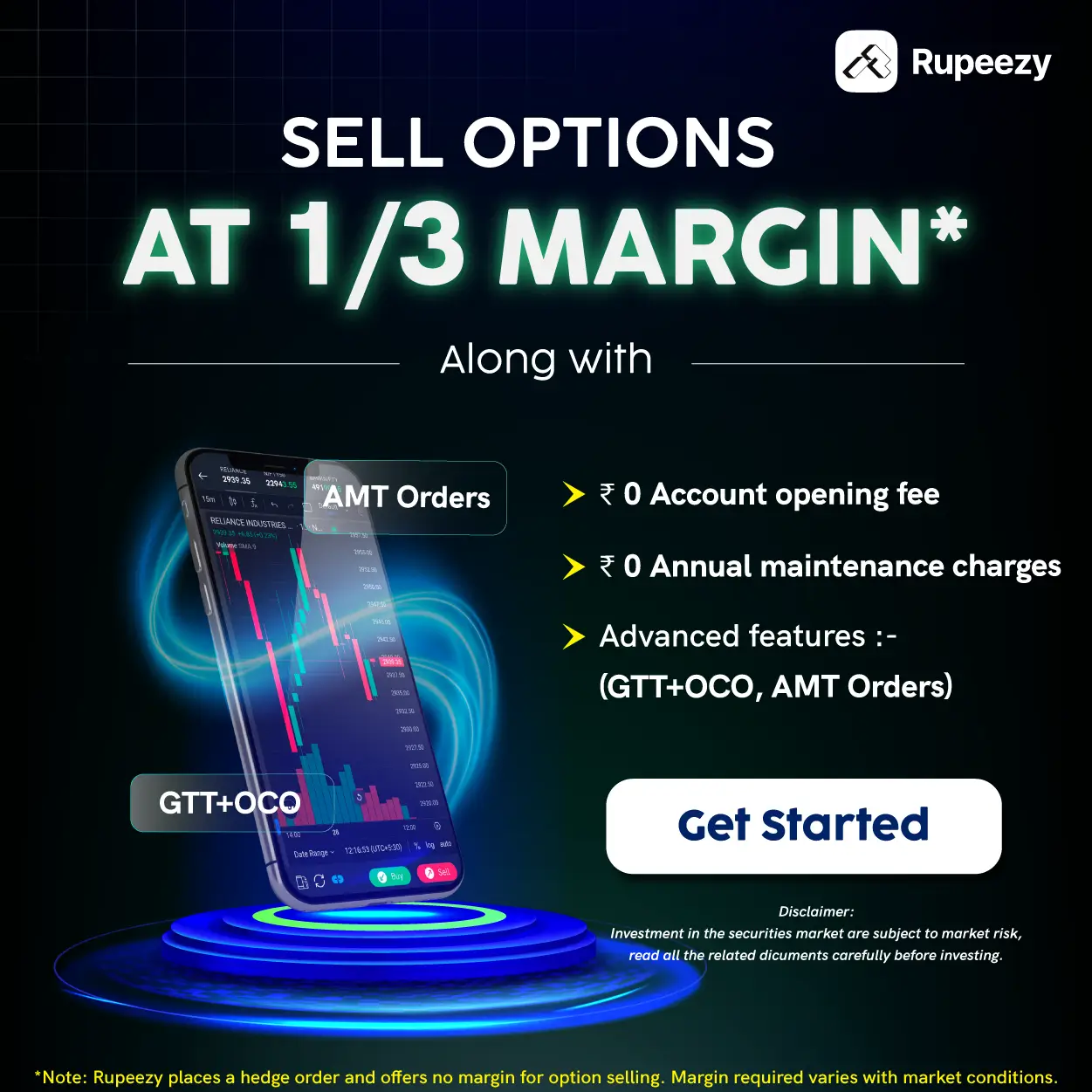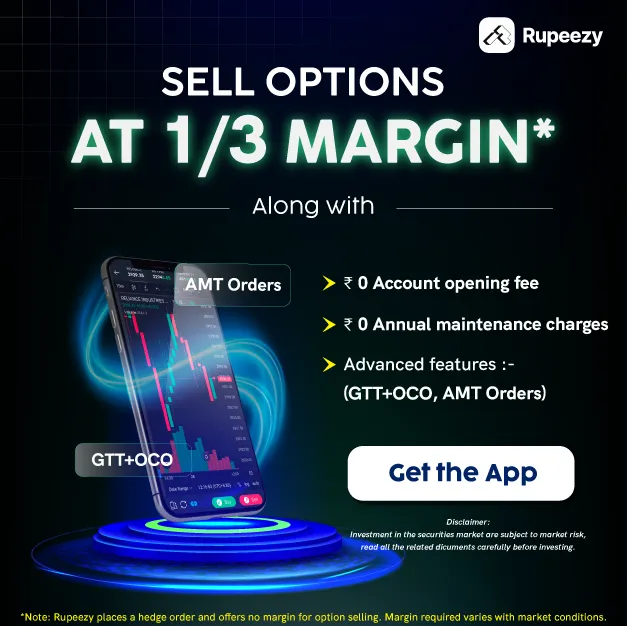What is Option Chain and How to Read It - Complete Guide


00:00 / 00:00
In this blog, we'll explore what is option chain and how to analyze it for Nifty, Bank Nifty, stocks, and other indices. If you're new to options trading, understanding options chains and their data is crucial.
An option chain provides all the essential information you need for options trading. Many traders lose money because they don't fully understand it. Once you grasp option chains, your trading strategies and money-making skills in the stock market will improve. So, let's get started!
What is Option Chain?
An option chain is a table displaying all available option contracts for a specific security. It includes information such as open interest (OI), volume, implied volatility (IV), strike price, and premium for a given expiration date. We'll discuss these terms in more detail later.
The option chain covers both stocks and indices, showing put and call options for each security. Remember, while major indices like Nifty and Bank Nifty have option chains, other indices and stocks traded in the F&O market also have option chains. However, the option chain is only useful when the contract is sufficiently liquid.
Option Chain Basics
Before diving into the options chain table, let’s cover the basics of options trading and the concept of moneyness.
There are two types of options: Call options and Put options. You can either buy or sell these options.
Call Option:
A call option gives the buyer the right, but not the obligation, to buy a specific quantity of stock at a predetermined price (strike price) on or before the expiration date. The seller or writer of the call option is obligated to sell the asset at the strike price if the buyer chooses to exercise the option. The buyer pays a fee (premium) for this right.
Put Option
A put option gives you the right, but not the obligation, to sell the stock at a specified price on or before the expiration date. Like the call option, the contract provides the right but does not require you to sell the underlying asset.
In other words, if you buy a call option, you expect the stock price to rise. You can profit by buying the stock at the strike price and selling it at the market price. Conversely, if you buy a put option, you expect the stock price to fall. You can profit by selling the stock at the strike price, which is higher than the market price.
Moneyness of an Option Contract
Moneyness refers to the relationship between the strike price of an option and the current market price of the underlying security. The underlying price is the current market price of the asset.
There are three main classifications under this:
In The Money (ITM)
A call option is ITM if its strike price is lower than the current market price. Conversely, a put option is ITM if its strike price is higher than the current market price.
At The Money (ATM)
An option is ATM if its strike price is equal to the current market price of the underlying asset.
Out Of The Money (OTM)
A call option is OTM if its strike price is higher than the current market price. A put option is OTM if its strike price is lower than the current market price.
Understanding these terms is crucial for all trading strategies. For example, if you expect significant price movement in the underlying security within a short time, buying out-of-the-money contracts might increase your profit potential. Conversely, if you expect only minor movement, in-the-money contracts might be a better, less risky choice.
As you adopt more complex strategies, moneyness becomes even more important. For instance, you might buy in-the-money contracts while writing out-of-the-money contracts on the same underlying security.
How to Read Option Chain Data
LTP (Last Traded Price): The most recent price at which the option was traded.
Net Change: The change in the LTP compared to the previous trading session. Positive changes are shown in green, while negative changes are in red.
Bid Quantity: The number of buy orders for a particular strike price, indicating demand.
Ask Quantity: The number of open sell orders for a particular strike price, indicating supply.
Bid Price: The price quoted in the last buy order. A higher bid price than the LTP might suggest increasing demand.
Ask Price: The price quoted in the last sell order.
OI in Option Chain
OI stands for Open Interest, which is the total number of outstanding option contracts that have not yet been settled. OI helps to gauge market trends and shows how many options contracts are still open. Higher open interest generally indicates higher liquidity and market activity for that contract.
Change in OI: This shows the variation in open interest during a given period, including contracts that have been closed, exercised, or squared off.
Volume in Option Chain
Volume measures the number of transactions for each options contract in a given day. For instance, if an option contract is traded 1,000 times in a day, its volume will be 1,000. Higher volume indicates greater liquidity and interest in that contract.
IV in Option Chain
Implied Volatility (IV) represents the market’s expectation of the underlying asset’s future price movements. High IV suggests the market expects large price swings, while low IV indicates smaller expected movements. IV does not predict the direction of price movement but provides a sense of future market volatility. This information is crucial when selecting specific options contracts to trade.
How to Find Option Chain Data
On the Rupeezy App:
Step: 1 Open the app dashboard and go to the Watchlist option.
Step: 2 Search for the stock you want to check the option chain for.
Step: 3: On the stock page, click on the "Option Chain" button to view the data.
To Check Option Chain Data for Major Indices in Rupeezy App:
Step: 1 Click on the Watchlist tab.
Step: 2 Under the Watchlist, click on the "Options" tab.
Step: 3 Under the options table, select any major index, such as Nifty or Bank Nifty, to view their option chain data.
On the Rupeezy Website:
Step: 1 Go to the Rupeezy website.
Step: 2 Click on the search section in the top header.
Step: 3 Type and select the stock name or index for which you want to see the option chain.
Step: 4 Once the stock or index page opens, click on the "Option Chain" button to view the data.
Bonus Tip
Watch this video to easily navigate the options chain in the Rupeezy Flow app
Conclusion
Option chain data is an important reference for fundamental and technical analysts and can support various trading strategies. Understanding the option chain helps in choosing the best strike price and improving trading decisions. Asthatrade broker offers the highest margin (leverage) for futures and options trading in India, allowing you to trade Nifty and Bank Nifty options with just Rs. 2500 (MIS) and buy options with 1.5 times the total premium value. You can open an online, paperless intraday trading and demat account with Rupeezy quickly and easily.
The content on this blog is for educational purposes only and should not be considered investment advice. While we strive for accuracy, some information may contain errors or delays in updates.
Mentions of stocks or investment products are solely for informational purposes and do not constitute recommendations. Investors should conduct their own research before making any decisions.
Investing in financial markets are subject to market risks, and past performance does not guarantee future results. It is advisable to consult a qualified financial professional, review official documents, and verify information independently before making investment decisions.

All Category








